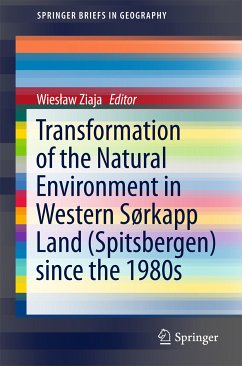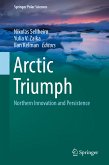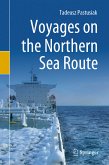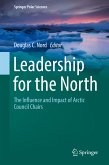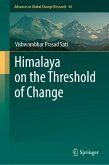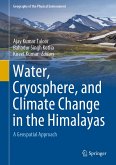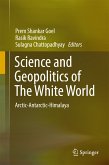This revised edition describes the transformation of the environment and landscape of Western Sørkapp Land based on research data collected by Jagiellonian University scientific expeditions in the period 1980-1986 and in 2008. It also outlines potential directions of the transformation of Western Sørkapp Land.
Western Sørkapp Land has been experiencing dramatic natural changes such as glacial recession, coastline retreat, emergence of new landforms and Quaternary deposits, as well as changes in the water drainage and network due to global warming. Western Sørkapp Land is a very remote and diverse region, which is representative of the European Arctic. The establishment of South Spitsbergen National Park has led to a regeneration of the local reindeer herd, which has caused overgrazing of the local tundra resulting in altered plant communities and soil erosion. They have also destroyed numerous bird nests. The transformation of Western Sørkapp Land is set to continue.
Dieser Download kann aus rechtlichen Gründen nur mit Rechnungsadresse in A, B, BG, CY, CZ, D, DK, EW, E, FIN, F, GR, HR, H, IRL, I, LT, L, LR, M, NL, PL, P, R, S, SLO, SK ausgeliefert werden.
"This slim volume (92 pages) reports on approximately 25 years
of landscape change in Sørkapp Land, the southern peninsula
of Spitsbergen, the largest island of the Svalbard Archipelago.
Field research was conducted by a team of Polish scientists
from Jagiellonian University, the legacy of an initial visit to
the region by physical geographer Zdzislaw Czeppe during the
International Geophysical Year 1957-1958. His interest in the
research potential of the area was piqued, which led to a series
of interdisciplinary summer expeditions beginning in 1980. The
emphasis was on mapping abiotic and biotic features at a large
scale (1:25 000 - 1:50 000). This resulted in a baseline of
spatially detailed data that another team was able to repeat in
an effort to detect change after another quarter century had
passed." (Bruce Forbes, Polar Record, Vol. 51, Issue 3, 2015
of landscape change in Sørkapp Land, the southern peninsula
of Spitsbergen, the largest island of the Svalbard Archipelago.
Field research was conducted by a team of Polish scientists
from Jagiellonian University, the legacy of an initial visit to
the region by physical geographer Zdzislaw Czeppe during the
International Geophysical Year 1957-1958. His interest in the
research potential of the area was piqued, which led to a series
of interdisciplinary summer expeditions beginning in 1980. The
emphasis was on mapping abiotic and biotic features at a large
scale (1:25 000 - 1:50 000). This resulted in a baseline of
spatially detailed data that another team was able to repeat in
an effort to detect change after another quarter century had
passed." (Bruce Forbes, Polar Record, Vol. 51, Issue 3, 2015
Es gelten unsere Allgemeinen Geschäftsbedingungen: www.buecher.de/agb
Impressum
www.buecher.de ist ein Internetauftritt der buecher.de internetstores GmbH
Geschäftsführung: Monica Sawhney | Roland Kölbl | Günter Hilger
Sitz der Gesellschaft: Batheyer Straße 115 - 117, 58099 Hagen
Postanschrift: Bürgermeister-Wegele-Str. 12, 86167 Augsburg
Amtsgericht Hagen HRB 13257
Steuernummer: 321/5800/1497
USt-IdNr: DE450055826

